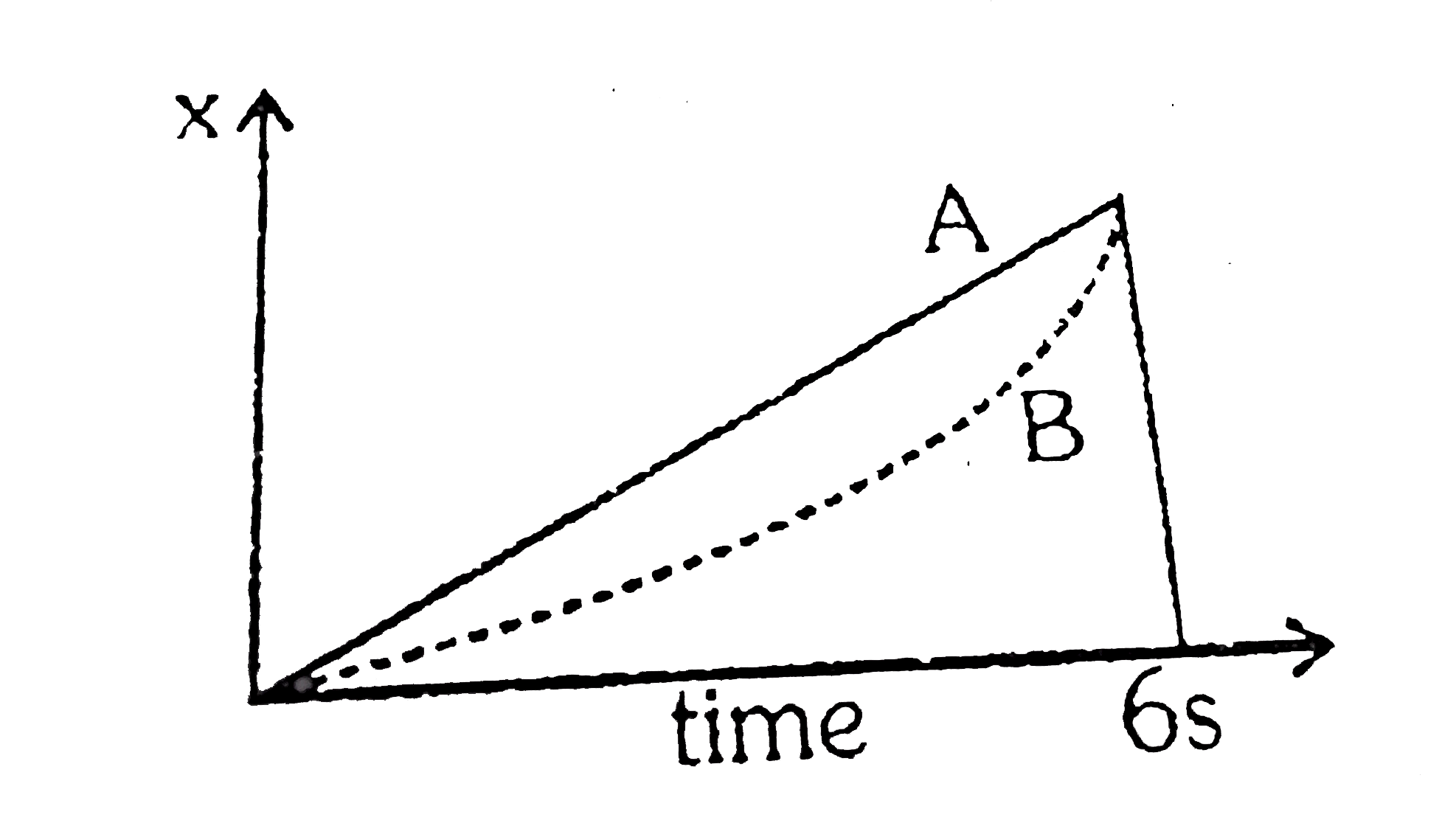A particle is moving under constant acceleration a=kt. The motion starts from rest. The velocity and displacement as a function of time t is
kt2,kt3
kt22,kt33
kt32,kt23
kt22,kt36
The correct Answer is:D
dvdt=a=kt⇒∫v0dv=∫t0ktdt
v=12kt2,dsdt=v=12kt2
∫ds=k2∫t0t2dt⇒s=kt36
Topper's Solved these Questions
Similar Questions
A partical is moving in a straight line under constant acceleration 4m/s2. The motion starts from rest. Sketch v-t and s-t graph for the duration t=0 to t=5s.
View SolutionA particle is moving under constant acceleration a=αt+βt2, where alpha beta constants. If the position and velocity of the partical at start, i.e. t=0 are x0 and v0, find the displacement and velocity as a function of time t.
View Solution
Knowledge Check
A particle is moving in a straight line under constant acceleration of 4m/s2. If its velocity at t=0 is 10 m//s, the displacement of particle in the 5th second of its motion is
A28mB100mC34mD50mIn the diagram shown, the displacement of particles is given as a function of time. The particle a is moving under constant velocity of 9m/s. The particle B is moving under variable acceleration. From time t=0s to t=6s. The average velocity of the particle B will be equal to :-
 A2.5m/sB4m/sC9m/sDNone
A2.5m/sB4m/sC9m/sDNoneA particle starts from rest and has velocity kt after time t. The distance travelled in time t is-
Akt2B2kt2Ck√tD1/2kt2
A constant power P is applied on a particle of mass m. find kinetic energy, velocity and displacement of particle as function of time t.
View SolutionIf acceleration (a)=2t+1, where t is time.Find displacement as function of time,Given that initally particle is at rest
View SolutionA particle starts from rest and moves under constant acceleration in a straight line. Find the ratio of displacement (a) in successive second and (b) in successive time interval t0.
View SolutionA particle starts from rest and moves under constant acceleration in a straight line. Find the ratio of time in successive displacement d.
View SolutionA particle is moving in circular path with constant acceleration. In time t after the beginning of motion the direction of net acceleration is at 30∘ to the radius vector at that instant. The angular acceleration of the particle at that time t is
View Solution

